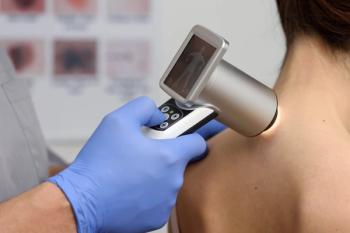
4T Program Improves Diabetes Outcomes Through Advocacy and Technological Solutions
David Maahs, M.D., M.A., Ph.D., explains why teamwork is the most important part of the 4T diabetes management program.
David Maahs, M.D., M.A., Ph.D., from Stanford University, recently co-authored a
“Teamwork is the most part of, because it's hard for us all to change, right?” David Maahs, M.D., M.A., Ph.D., from Stanford University. “If the team's not on board with changing, and the good thing is now we can point to our data and the Nature Medicine paper and say it worked.”
Earlier this year, Maahs and his colleagues reported findings from a pragmatic, real-world study of a comprehensive approach of managing type1 diabetes in Nature Medicine. They enrolled 133 young (median age 11) people in the Teamwork, Targets, Technology and Tight Control — 4T, for short — study. At 12 months after enrollment, the participants had an average HbA1c of 6.58% and average glucose monitoring indicator of 7.11%. Close to two-thirds (64%) meet the target HbA1c target of 7%. The study participants had an average “time in range” of 68%, which means their blood sugar levels were in the desired range 68% of the time.
Maahs is currently a pediatric endocrinology professor at Stanford University and the Associate Chair for Academic Affairs in Pediatrics at Stanford University and the Lucile Packard Children’s Hospital.
Newsletter
Get the latest industry news, event updates, and more from Managed healthcare Executive.






















































